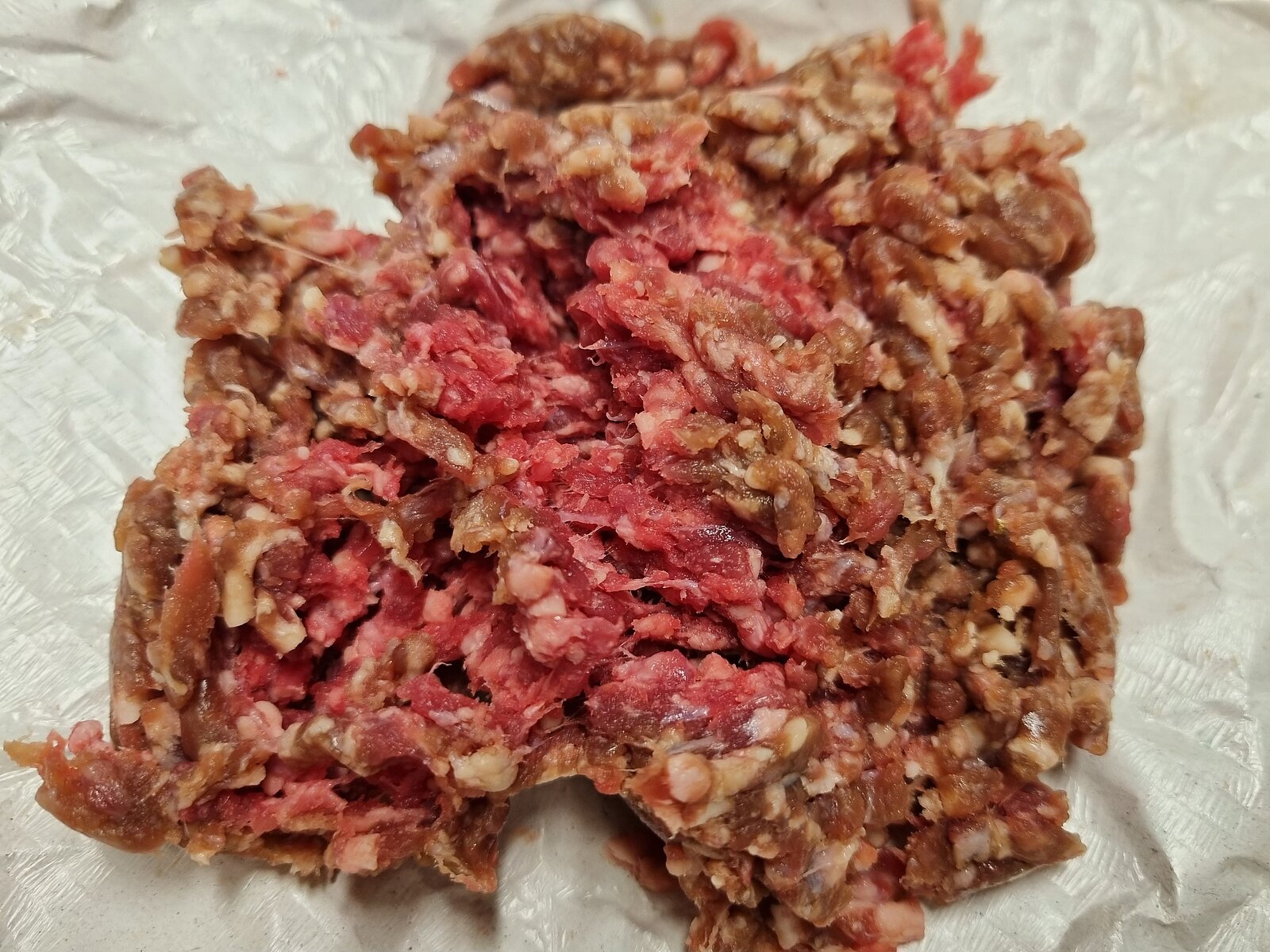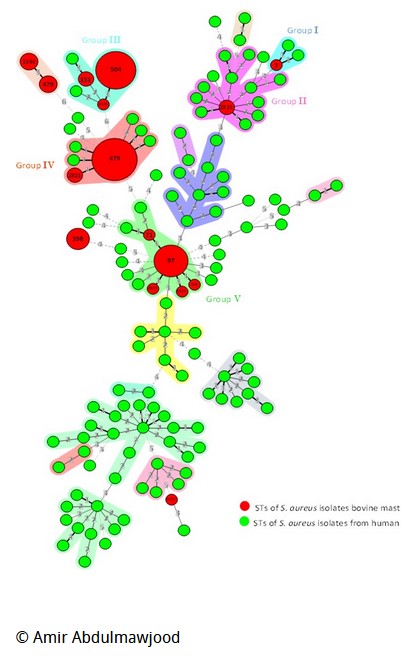Animal species differentiation
In the past, misdeclaration of various foods containing meat from animal species other than those designated occurred regularly. Molecular biological methods based on PCR or LAMP as developed by the Foodborne Zoonoses Department are suitable not only for the detection of zoonotic pathogens, but also for questions concerning the differentiation of animal species. Potential areas of application also include feed analysis or investigating the feeding behaviour of domestic predators.
Species characterisation
Molecular biological techniques enable a progressive decoding of the genome of a wide variety of living organisms. The Foodborne Zoonoes Department deals with the characterisation of starter cultures, probiotics and other bacterial species using conventional methods such as Sanger sequence analysis and multilocus sequence typing (MLST). These analyses provide a useful tool in the context of taxonomic questions, such as the distinction of closely related bacterial strains as well as the identification of new bacterial species. Furthermore, sequence analyses of starter cultures and probiotics provide important information about their genetic stability and safety in the sense of food law. State-of-the-art high-throughput sequencing technologies such as next-generation sequencing, which require special equipment and IT infrastructure, have so far been accessible to the Foodborne Zoonoses Department through external collaborations and will be increasingly included in future research projects.




